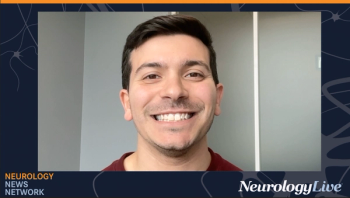
|Slideshows|July 5, 2017
How Safe is Long-term Antiplatelet Rx After a Vascular Event?
Author(s)Veronica Hackethal, MD
Here is new evidence that people aged 75 and older who take aspirin-based antiplatelet treatment for secondary prevention should also take PPIs.
Advertisement
Newsletter
Keep your finger on the pulse of neurology—subscribe to NeurologyLive for expert interviews, new data, and breakthrough treatment updates.
Advertisement
Latest CME
Advertisement
Advertisement
Trending on NeurologyLive - Clinical Neurology News and Neurology Expert Insights
1
CTAD Presentation Lays Insights Into Disappointing Phase 3 EVOKE Trial of GLP-1 Semaglutide in Alzheimer Disease
2
Newly Launched Phase POLARIS-AD Trial Tests Oral Therapy AR1001 for Early Alzheimer Disease
3
Analyzing Subgroup Data From the TRAILBLAZER-ALZ 2 Study of Donanemab: Brandy Matthews, MD
4
Merck’s Novel Antibody MK-2214 Receives FDA Fast-Track Designation Following Phase 1 Results
5


































